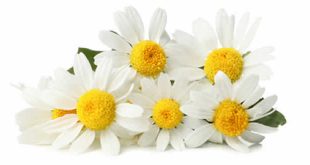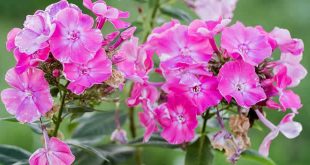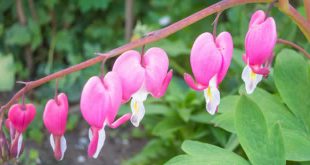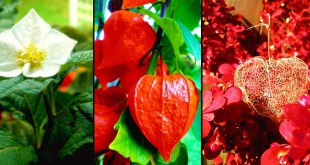 Goldenrod — The goldenrod is a yellow flowering plant in the Family Asteraceae.
Goldenrod — The goldenrod is a yellow flowering plant in the Family Asteraceae.
About 80 perennial species make up the genus Solidago, most being found in the meadows and pastures, along roads, ditches and waste areas in North America, and a few from Europe that were introduced some 250 years ago.
Many species are difficult to distinguish. Probably due to their bright, golden yellow flower heads blooming in late summer, the goldenrod is often unfairly blamed for causing hay fever in humans. The pollen causing these allergy problems is mainly produced by Ragweed (Ambrosia sp.), blooming at the same time as the goldenrod, but is wind-pollinated. Goldenrod pollen is too heavy and sticky to be blown far from the flowers, and is thus mainly pollinated by insects.
Goldenrods are easily recognized by their golden inflorescence with hundreds of small capitula, but some are spike-like and other have auxiliary racemes.
They have slender stems, usually hairless but S. canadensis shows hairs on the upper stem. They can grow to a length between 60 cm and 1.5 m.
Their alternate leaves are linear to lanceolate. Their margins are usually finely to sharply serrated.
Propagation is by wind-disseminated seed or by underground rhizomes. They form patches that are actually vegetative clones of a single plant.
Goldenrod is used as a food plant by the larvae of some Lepidoptera species – see list of Lepidoptera that feed on goldenrods. The Goldenrod then forms a leathery bulb (called a gall) around the invading insect as a quarantine to keep it confined to a small part of the plant. Parasitoid wasps have evolved to find these galls, and lay eggs in the insect after penetrating the bulb. In a final nod to evolutionary complexity, woodpeckers have learned to blast open the gall and eat the wasp-infested insect holed up in the center.
 Kids Portal For Parents India Kids Network
Kids Portal For Parents India Kids Network




